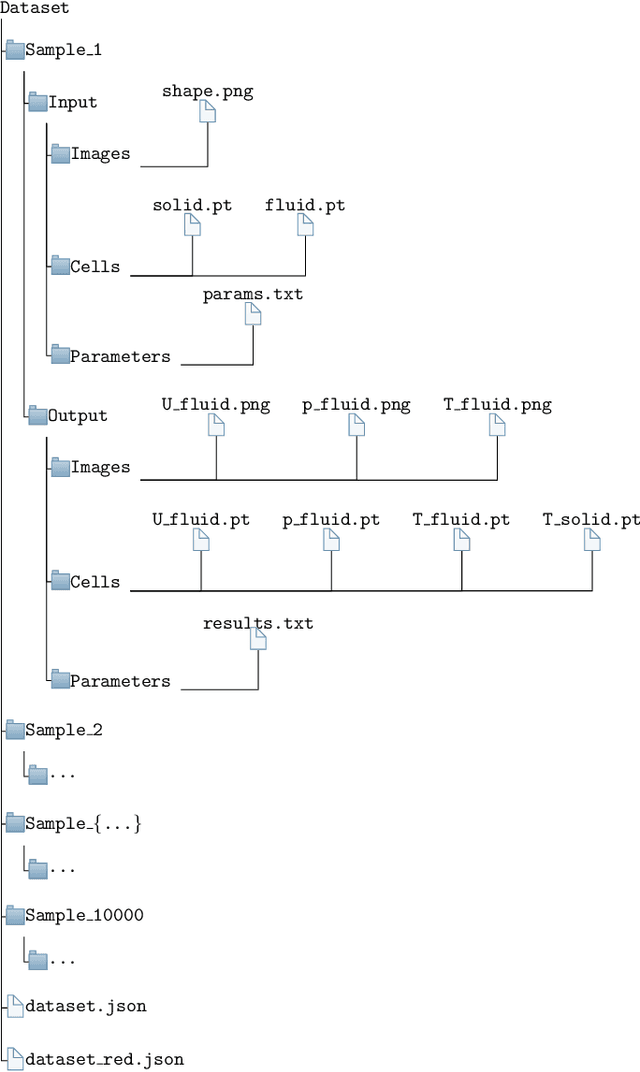Olaf Wünsch
From Structured to Unstructured:A Comparative Analysis of Computer Vision and Graph Models in solving Mesh-based PDEs
May 31, 2024Abstract:This article investigates the application of computer vision and graph-based models in solving mesh-based partial differential equations within high-performance computing environments. Focusing on structured, graded structured, and unstructured meshes, the study compares the performance and computational efficiency of three computer vision-based models against three graph-based models across three data\-sets. The research aims to identify the most suitable models for different mesh topographies, particularly highlighting the exploration of graded meshes, a less studied area. Results demonstrate that computer vision-based models, notably U-Net, outperform the graph models in prediction performance and efficiency in two (structured and graded) out of three mesh topographies. The study also reveals the unexpected effectiveness of computer vision-based models in handling unstructured meshes, suggesting a potential shift in methodological approaches for data-driven partial differential equation learning. The article underscores deep learning as a viable and potentially sustainable way to enhance traditional high-performance computing methods, advocating for informed model selection based on the topography of the mesh.
Dataset of a parameterized U-bend flow for Deep Learning Applications
May 09, 2023



Abstract:This dataset contains 10,000 fluid flow and heat transfer simulations in U-bend shapes. Each of them is described by 28 design parameters, which are processed with the help of Computational Fluid Dynamics methods. The dataset provides a comprehensive benchmark for investigating various problems and methods from the field of design optimization. For these investigations supervised, semi-supervised and unsupervised deep learning approaches can be employed. One unique feature of this dataset is that each shape can be represented by three distinct data types including design parameter and objective combinations, five different resolutions of 2D images from the geometry and the solution variables of the numerical simulation, as well as a representation using the cell values of the numerical mesh. This third representation enables considering the specific data structure of numerical simulations for deep learning approaches. The source code and the container used to generate the data are published as part of this work.
 Add to Chrome
Add to Chrome Add to Firefox
Add to Firefox Add to Edge
Add to Edge